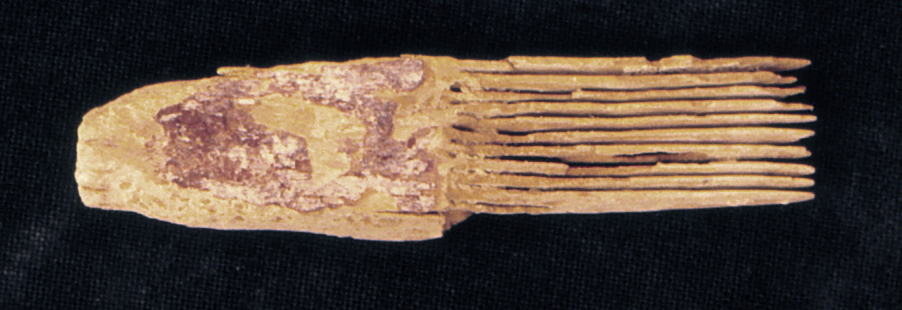Perishable Objects
Perishable objects of any significant age are rarely found in archaeological contexts, though they are more likely to survive in a very dry environment like Sistan than elsewhere. We were fortunate to recover a group of perishable objects dating to the 15th century CE in our excavation of Houses 183, likely trash from the last occupation of the house or objects left by nomads who camped at the house after its abandonment. These include pieces of clothing, a shoe, an animal tether, rope, blankets, and a bone comb. We also found a wooden tube, fragments of cotton cloth, horn, and goat hair in our excavations of a room in the Lower Palace of Shahr-i Gholghola. In some cases, we found evidence of perishable materials impressed into ceramics, such as a collection of Bronze Age mat impressed pottery vessels from Dam.









